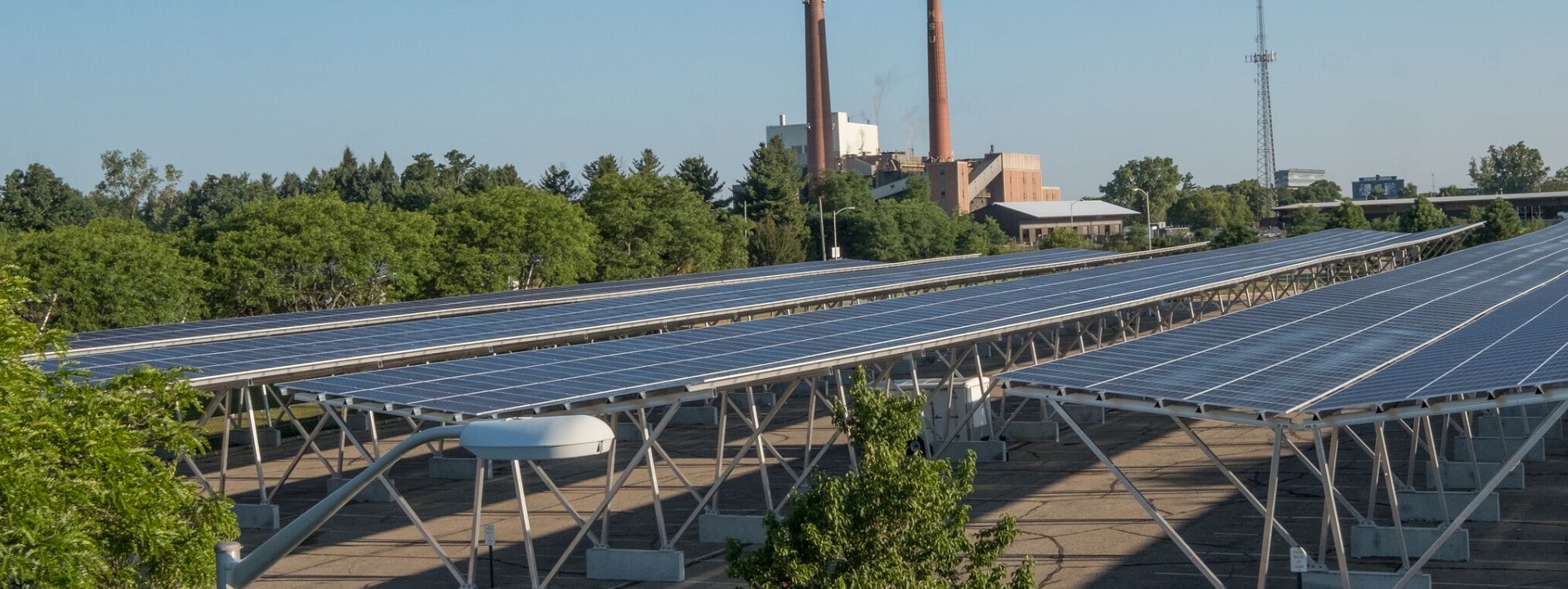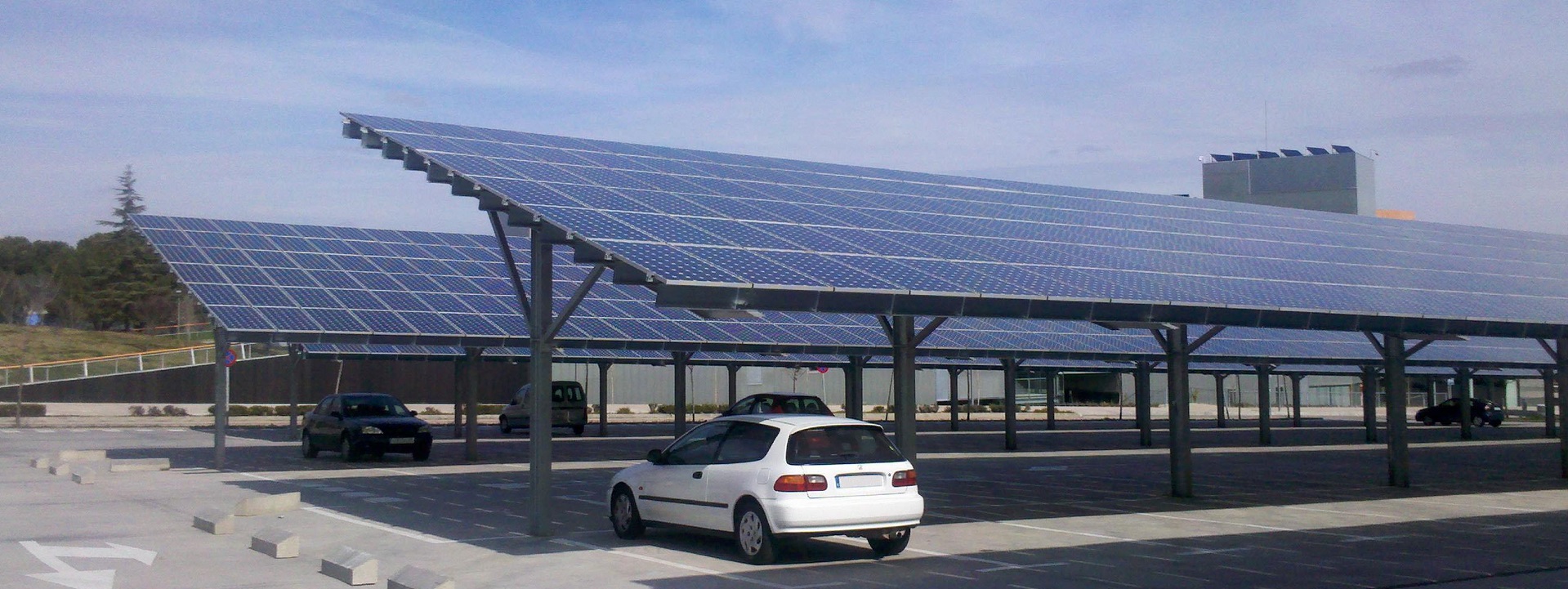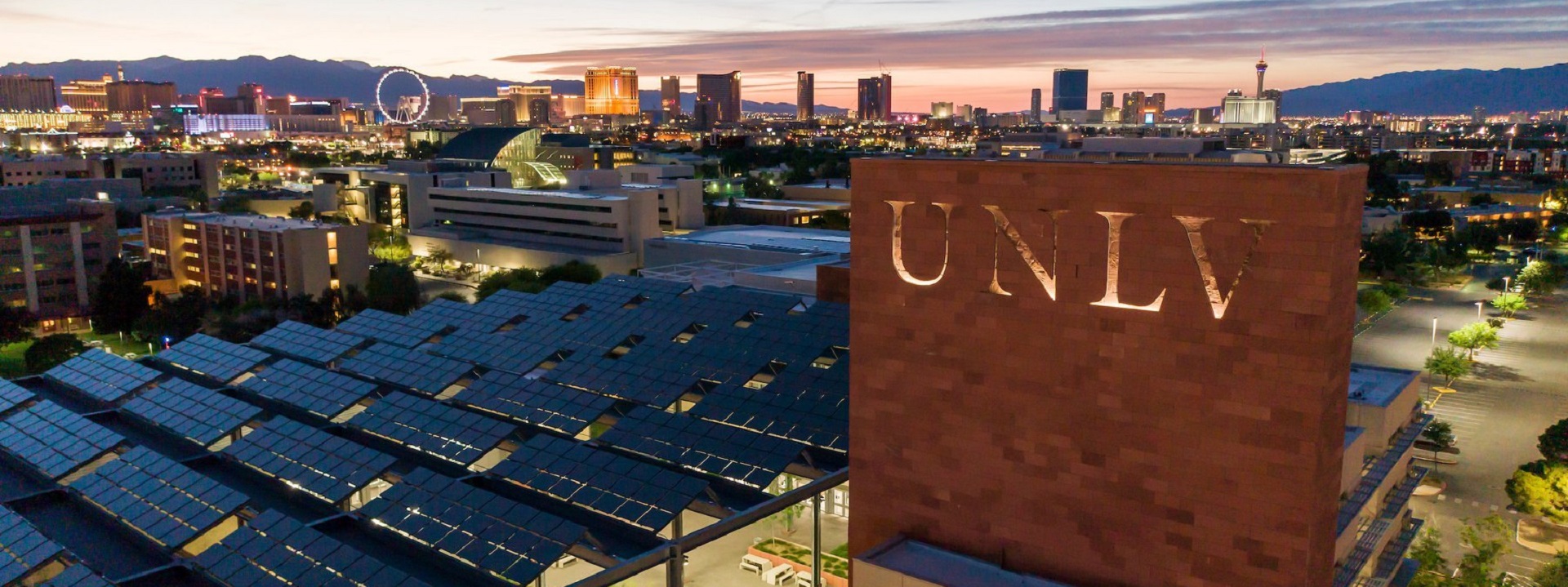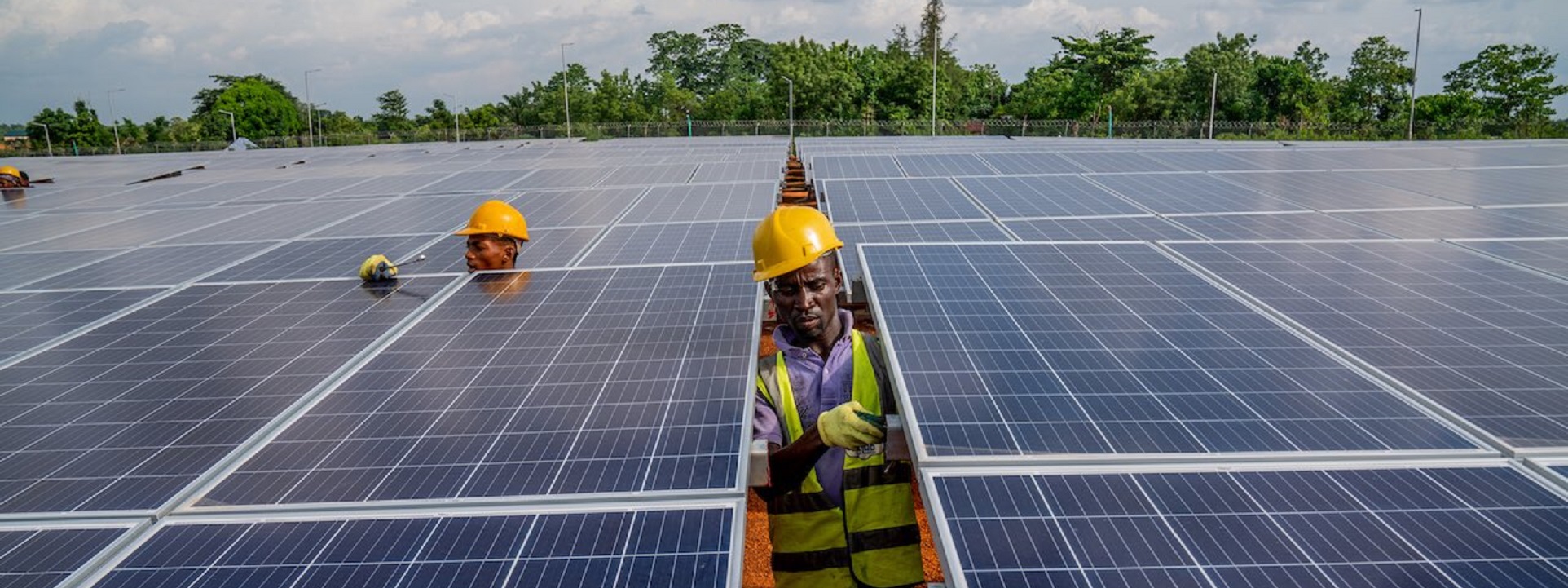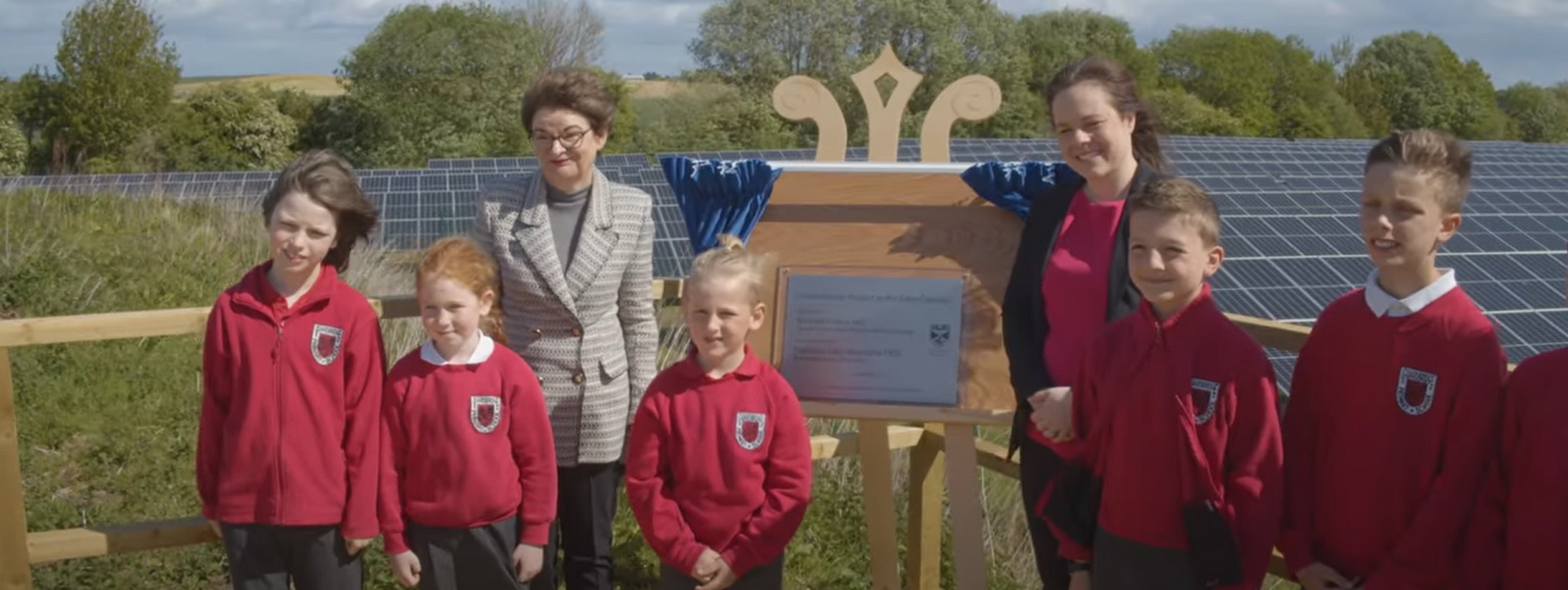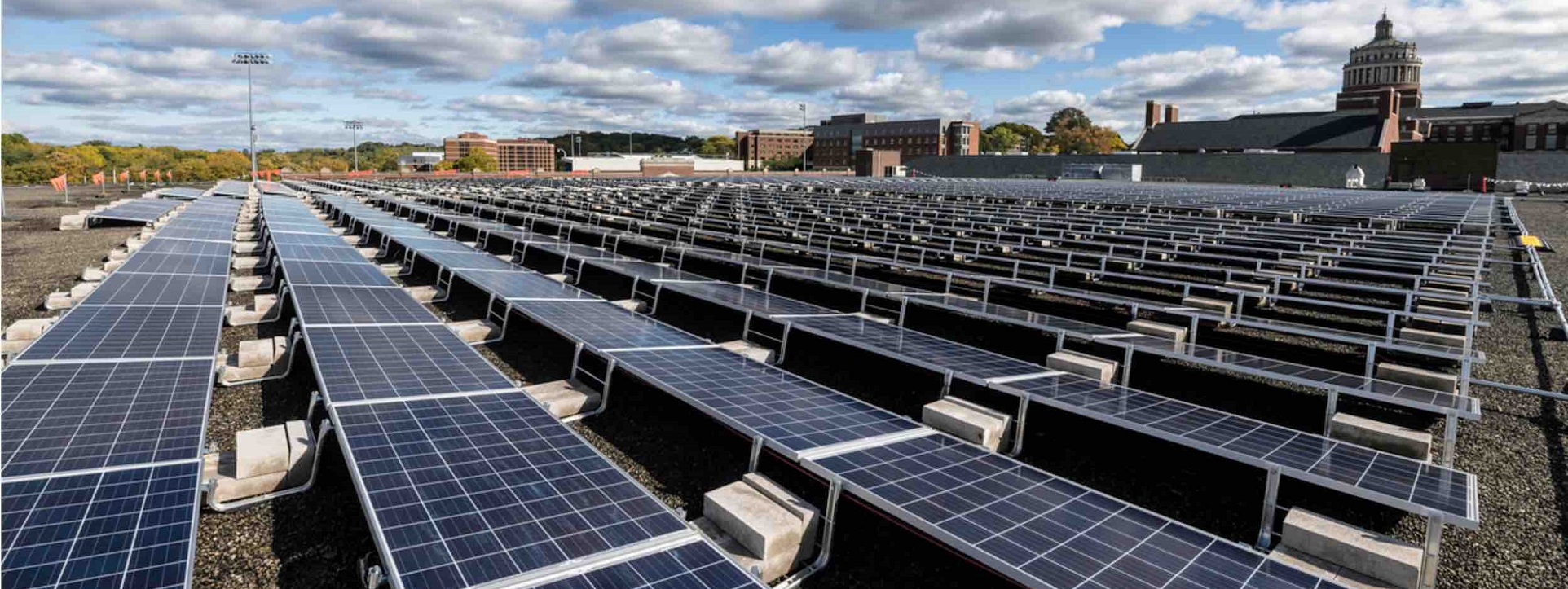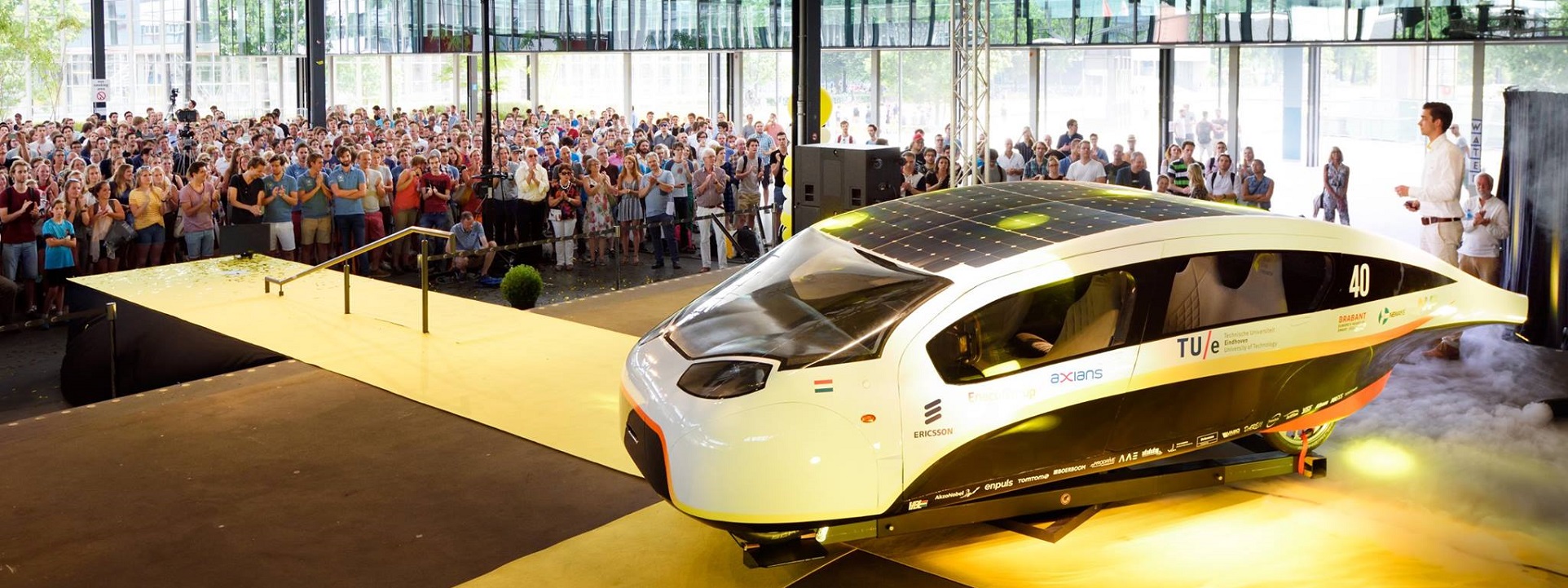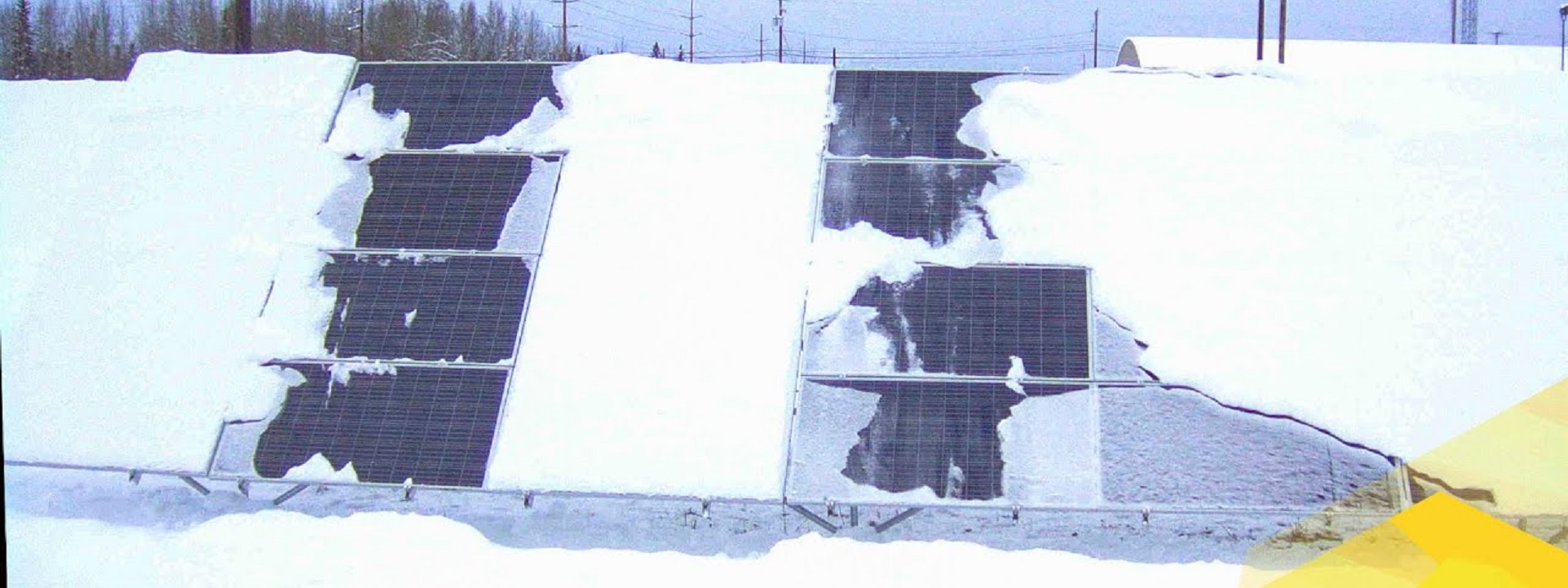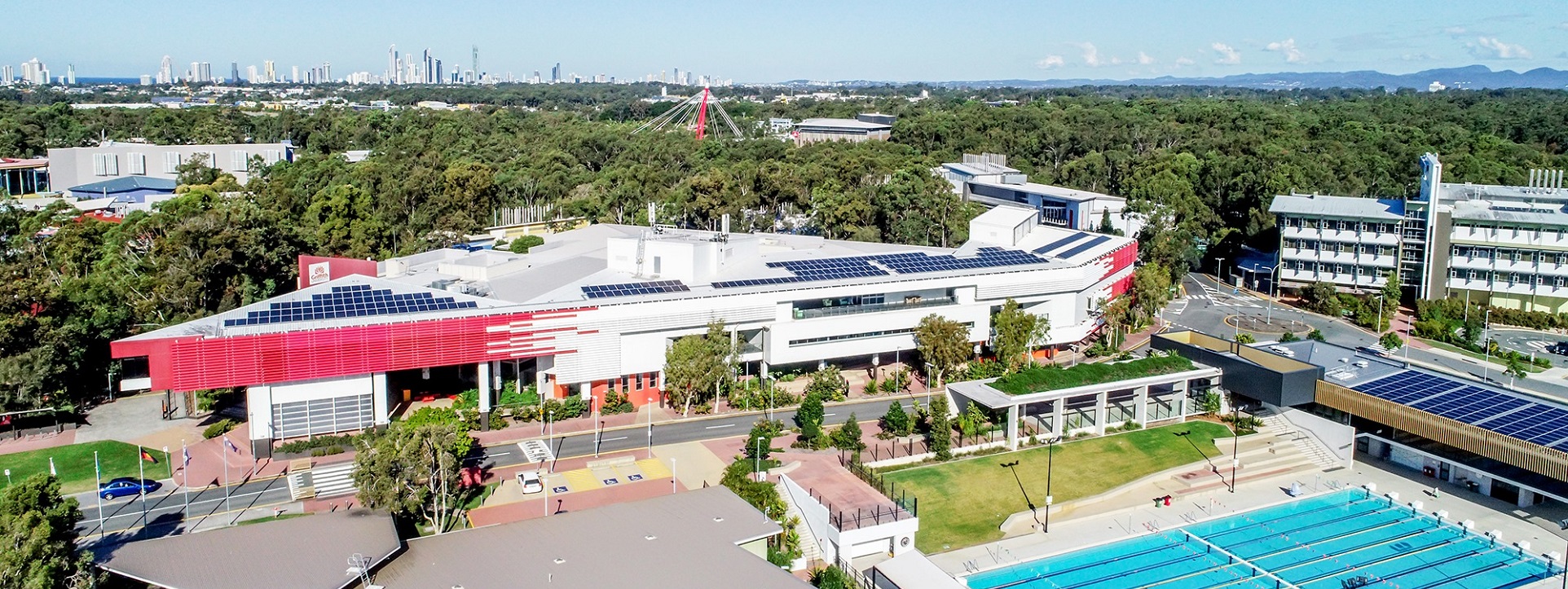NSF International has launched a new revision cycle for its standard NSF 457 Sustainability Leadership Standard for Photovoltaic Modules. The scope of this Standard includes PV modules for installation on, or integral with buildings, or to be primarily used as components of free-standing power-generation systems, including but not necessarily limited to:
— photovoltaic cells that generate electric power using solar energy;
— interconnects (materials that conduct electricity between cells);
— encapsulant (insulating material enclosing the cells and cell interconnects);
— superstrate (material forming primary light-facing outer surface) and substrate (material forming back outer surface) (e.g., glass, plastic films);
— wires used to interconnect photovoltaic modules and connect junction boxes to the balance of system equipment;
— frame or integrated mounting mechanism, if present.
The following are not included:
— balance of system equipment, such as cabling and mounting structures, equipment intended to accept the electrical output from the array, such as power conditioning units (inverters) and batteries, unless they are contained in the photovoltaic module;
— a photovoltaic cell that is a part of another device for which it produces the electricity, such as consumer or industrial electronic products (e.g., calculators, lights, textile) where the photovoltaic cell primarily provides the energy needed to make the electronic product function; and
— mobile photovoltaic cell where the inverter is so integrated with the photovoltaic cell that the solar cell requires disassembly before
recovery.
This Standard establishes measurable criteria for multiple levels of sustainability/environmental leadership achievement and performance throughout the lifecycle of the product. This Standard addresses multiple attributes and environmental performance categories including management of substances, preferable materials use, life cycle assessments, energy efficiency and water use,
responsible end-of-life management and design for recycling, product packaging, and corporate responsibility.
The landing page for NSF International standardization activity is linked below
NSF International Standards Home Page
The redline for this particular commenting opportunity for both revisions (i3r1) and (i4r1) posted in ANSI Standards Action) is linked below:
Comments are due July 22, 2019
Send comments aburr@nsf.org (with optional copy to psa@ansi.org). For more information you may contact Matthew Realff / Chairperson, Joint Committee on Photovoltaic Modules, Tel: (734) 913-5794.
We are happy to drill into the technical specifics of this standard any day at 11 AM Eastern time or during out monthly Energy Standards teleconference. See our CALENDAR for the next online meeting; open to everyone.
Issue: [17-228]
Category: Electrical, Recycling
Colleagues: Mike Anthony, Richard Robben
LEARN MORE:
Solar Photovoltaic Modules – Sustainability Leadership Objectives
Its National Public Health Week! NSF International has been improving public health for 75 years and is committed to working together to build healthy communities for generations to come. #NPHW #Publichealth #NSF75th https://t.co/ceg0C3wPq9 pic.twitter.com/jB4ZnWXSiH
— NSF International (@NSF_Intl) April 1, 2019




